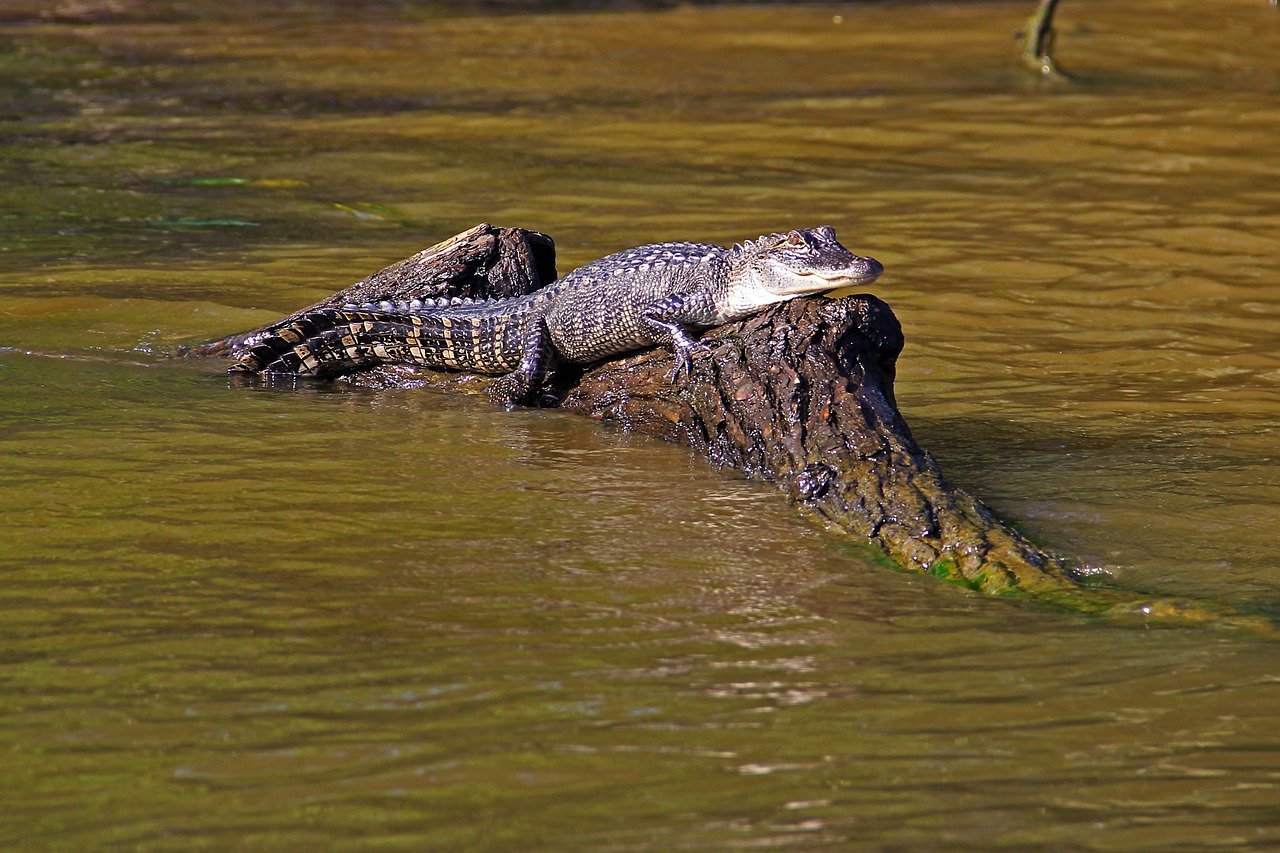A couple of months or so ago, I stumbled across this gem of a meme…

I really felt this one,as I had so recently (when I read it) needed to research the amount of time typically associated with healing from a stab wound.
And then I started writing Tewei… Oh boy, oh boy — did I NOT understand what it means to seriously fall down the various rabbit holes of research topics.
It started out with needing (for my own sanity — such as may be left of it) look up the rate of growth for human hair. [Approximately 6 inches per year, in case anyone wondered about the answer to that one.]
Bu then, as I started thinking more and more about the Neradaka tribe who live on Tewei (and will be the main setting for the vast majority of the story), I came to realize there was a LOT I didn’t know about what would be necessary for them to actually be a self-sufficient tribe living at the technological level I’d selected.
WARNING! Spoilers for Tewei!!!
If you’ve read the story I wrote which has become the source inspiration for Tewei, this will not really be a spoiler, but, otherwise, this will give away the massive plot-twist which is the core of the story.
You have been warned.
What I Don’t Know
Rather than attempt to describe (just yet) all of what I discovered I needed to research in order to come up with a comprehensive-enough background and description of the tribe, I’ll start off and say that I’ve come to the ultimate conclusion that I need to have some “brain-picking” conversations with at least one or more anthropologists. Because, as it turns out (surprise, surprise), while I can fake my way through the sci-fi tech stuff, when it comes to having a complete understanding of early human history and such … I’m a bit lacking.
In the preparation for asking some experts, though, I knew that I needed to attempt to consolidate my thoughts and questions — at least for Round 1. Little did I realize I would be writing what might be the outline of a research paper in order to actually get a good grasp on what I sought. [This is, of course, potentially made worse by my tendency to overthink and overanalyze. If nothing else, though, you can’t say I didn’t try and hone in on where I’m looking for information.]
What follows is a collection of text that I actually expect to send to some college professors (PhDs), requesting their input. [There’s some intro and outro text as well, but this is the heart of it.
Yes … I’m a madman… [Nope … “I’m a writer!!!”]
The Missive
It will be a science-fiction / fantasy novel. While humanity is now interstellar, there have been repeated issues with colonizing new worlds. All of these colonization attempts have, in the past, involved landing very high-tech populations only to discover, typically within a generation or two, there is some sort of unexpected problem which pops up and usually results in some significant failures of the technology upon which the colony was dependent.
This, then, leads to one of two results: 1) Failure of the colony and eventual need to lift the survivors or even the discovery there’s no one left alive (or if there are survivors, they do not constitute anywhere nearly a sufficient and thriving population to support expansion); or, 2) The need to divert massive amounts of additional resources (far beyond what were originally expected or easily available) to keep the colony on “life support” until it can begin to grow and thrive.
The solution which has been developed for this is to have a separate world (the titular “Tewei”) as a place to produce what I am calling “Colony Seeds”. These seeds are purposely technologically-repressed societies (tribes) which are more than capable of surviving in a non- to low-tech environment.
These tribes are isolated and self-sufficient so as to allow any individual tribe (Seed) to be lifted, transplanted (trans-planet-ed, even) and placed on a new world. Since they have a very low technological dependence, they are quickly able to adapt to the local flora and fauna (previously scouted as being compatible for humans), rebuilding to their previous technology level. However, as they are intended to be the “Founders” of the new colony, they are no longer technologically-repressed and (finally) allowed to grow and flourish.
In my mind, these tribes are late Neolithic / extremely-early Bronze Age levels of tech. Within these tribes, there is a “Council of Elders” who are those individuals “in the know”. They were born within the tribe and raised completely in tribal society, but they are aware of the purpose of the tribes and (with help from “space resources”) ensure their children are aware and trained as well.
While there are multiple different tribes on the planet, they isolate from each other and live in different fashion. The primary focus of the novel will be a tribe (which I have named the “Neradaka”) that is non-nomadic, and has a combination of agrarian / hunter culture. [The overall inter-tribe isolation is to prevent any tribe from becoming (trade-)dependent on outside resources.]
I realize that it is likely any answers you might be able to provide may very well also be the starting point of additional questions, but I am hopeful that you might also be able to point me at useful additional research materials.
This, then, brings me to the core of my questions:
A) Tribal society / size
A.0) Assumptions
A.0.a) The tribe’s location has seasonal changes, including a cold season – thus requiring agriculture and food storage.
A.0.b) Fauna and flora similar to such as would be available on Earth are readily available in ways that would be locationally-suitable. [Although how those are “necessary” would be useful to know as well.]
A.0.c) Lands immediately adjacent to the tribal buildings are arable with nearby rivers for irrigation, etc. Additionally, there are plains (of some sort) close enough for mass hunting of migratory herd animals (above and beyond domesticated beasts). For story purposes, an annual hunt to bring in large quantities of meat for cold-weather-storage is done (and immediately precedes a tribe festival in celebration of a successful hunt – and, hopefully, also harvest – or likely harvest).
A.1) I am unable to get a decent grasp on a reasonable / realistic population size for the Neradaka tribe. All I’m trying for is a ball-park number, honestly. [Even just getting a good grip on how many 0s are involved would be useful.] This size should be sufficiently genetically-diverse (assuming the initial tribe population was to begin with), and capable of being entirely self-sufficient. Also, ideally, this should be a number on the low side, not “largest possible”.
A.1.a) Within such a setting, aside from “farmers” and “hunters” (with, I think an expectation that some members will have both roles – farming much of the time, but hunting for supplementation), what other sorts of roles would typically exist in this situation? [For story purposes, I have added “brewers”, merely as an example.]
A.2) At the described technological level, I expect there would be extensive use of pottery and ceramics (for cooking and for storage). Most tools (including cooking / eating utensils) would, I expect, be of bone, stone, or wood. What are some … broad-strokes … examples of the types of tools from each of those categories? From some initial research, some of the answers I have found are:
A.2.a) Bone: needles, fishhooks
A.2.b) Stone: Knives, arrow- and spearheads, decorative (sewn onto garments or embedded in pottery)
A.2.c) Wood: Cooking utensils, bows, shafts for arrows and spears, poles for hoes for farming, fencing (for domesticated animal herding), yokes for beasts of burden.
A.2-continued) I’m sure there’s wide collections of things that I haven’t thought of at all, and would certainly welcome suggestions.
B) Agriculture
B.1) What would be the typical “steps” used in farming? I realize that this is probably not an answer that is excessively technologically-dependent, but as someone who can’t even keep houseplants alive, I’m certainly not the right person to guess from the start.
B.2) Aside from being used as cattle, what are the other uses of domesticated animals (space “oxen”, if you will) for farming? Presumably, these factor into the steps of a farming cycle in B.1.
C) Architecture
C.1) Understanding that any buildings would need to be based on the available resources, what would be some of the typical building techniques prevalent at this level? Off the top of my head, I can think of wooden-log-based construction as well as some sort of dried-and-fired brick with mortar. Are there any other significant construction techniques which used in the relevant technology level?






